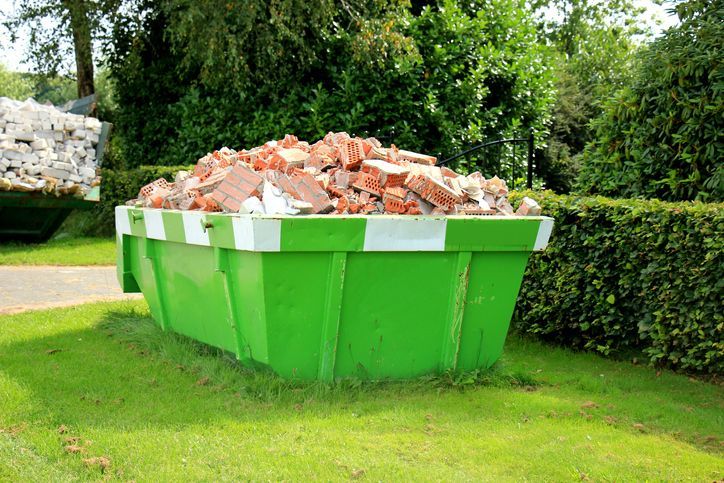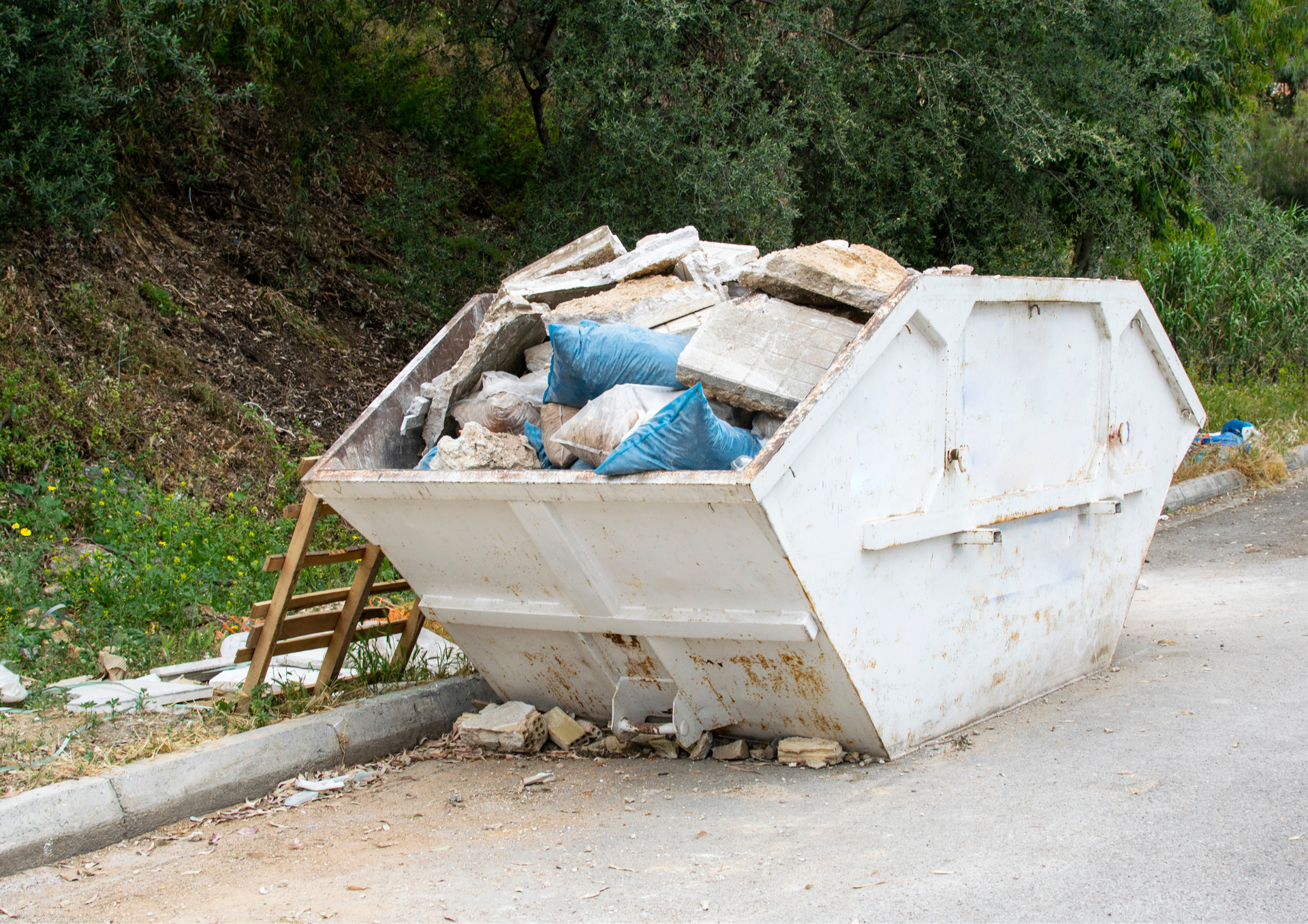The Ultimate Guide to Skips: Sizes, Costs, and Uses
Skips are essential for managing waste effectively, whether you're clearing out your home, renovating a property, or handling large-scale construction work. Hiring the right skip can help you manage waste efficiently, save money, and reduce your environmental impact. In this guide, we'll walk you through the different sizes of skips, their costs, and what they can be used for, along with helpful tips for making the most out of your skip hire.
1. What is a Skip?
A skip is a large container used for collecting and transporting waste. It’s an essential tool for handling rubbish during home renovations, garden cleanups, or construction projects. These skips are delivered to your location and then removed once filled, making them a convenient option for managing a variety of waste materials.
Whether you’re working on a small garden project or a large construction site, skips offer a hassle-free and cost-effective way to dispose of waste. They are widely used in both residential and commercial settings.
2. Common Skip Sizes and Their Uses
Skips come in a variety of sizes, so it’s important to choose the one that best suits your needs. Selecting the correct size will save you both time and money, as choosing too small a skip may require additional hires, while an oversized one may lead to wasted space.
- Mini Skips (2-3 cubic yards): These are ideal for small household tasks like garden cleanups or DIY projects. Mini skips can hold around 20-30 bin bags of waste, making them perfect for spring cleaning or minor renovations.
- Midi Skips (4-5 cubic yards): Slightly larger, midi skips are suitable for small to medium-sized projects, such as bathroom renovations or garden clearances. They can accommodate 40-50 bin bags of waste.
- Builders' Skips (6-8 cubic yards): Commonly used for building and renovation projects, builders' skips can hold 60-80 bin bags of bulkier materials like bricks, concrete, and rubble.
- Maxi Skips (10-16 cubic yards): These larger skips are best for substantial clear-outs or major construction works. Maxi skips can take 100-170 bin bags of waste, perfect for large-scale projects.
Selecting the right skip size ensures you have enough space for your waste without overspending.
3. Skip Costs Explained
The cost of a skip can vary based on several factors, such as your location, the size of the skip, and the duration of hire. Here’s a general guide to the average costs associated with different skip sizes:
- Mini Skips: £60–£120
- Midi Skips: £120–£200
- Builders' Skips: £200–£400
- Maxi Skips: £400–£600
Additional factors like permits (if the skip is placed on a public road) and whether you need same-day delivery can also affect the overall price. It's a good idea to plan your project in advance to avoid extra costs.
4. What Can You Put in a Skip?
Before hiring a skip, it’s essential to understand what types of waste are acceptable to dispose of. Most household and garden waste can be placed in a skip, such as wood, metal, plastics, and furniture. These are typical materials from household clear-outs, small renovation projects, and gardening work.
However, due to safety regulations, certain items cannot be disposed of in a skip. These include hazardous materials like asbestos, chemicals, batteries, tyres, and electrical appliances. If you're unsure whether something is allowed, it’s always best to check with your skip hire provider to avoid fines or extra charges.
5. Skip Hire Regulations
When hiring a skip, you need to be aware of certain regulations, especially if the skip is placed on a public road. If you plan to place the skip on a public road, you may require a permit from your local council. Most skip hire companies can assist you in securing this permit, but it’s essential to plan ahead as obtaining it may take several days.
Additionally, skips placed on public roads must be clearly marked and lit, especially at night, to prevent accidents. Ensuring the skip complies with local safety regulations will help you avoid penalties or delays.
6. Skip Hire Tips for Residents
Hiring a skip doesn't have to be complicated. To make the most of your skip hire and avoid unnecessary costs, here are some helpful tips:
- Choose the Right Size: Selecting the correct skip size is crucial. To avoid overspending, estimate the amount of waste you'll need to dispose of and choose the right skip accordingly. For smaller projects, a mini or midi skip will suffice, whereas larger projects may require a builders' skip.
- Book in Advance: Skip hire can be in high demand, particularly during busy periods. Booking your skip in advance ensures availability and may even save you money on last-minute charges.
- Combine Projects: If you have several waste-producing tasks, combining them into one skip hire can be more cost-effective. For example, if you're doing a garden clearance and a home renovation at the same time, using one larger skip could save you from hiring two smaller ones.
- Maximise Space: To maximise the space in your skip, break down larger items like furniture or cardboard boxes. This helps optimise the space within the skip, reducing the need for a second hire.
Following these tips can help you save money and make your skip hire experience as efficient as possible.
Understanding the different skip sizes, their associated costs, and the types of waste they can handle is crucial for making the most out of your skip hire. Whether you're tackling a small DIY project or a larger renovation, choosing the right skip can help you manage waste efficiently and affordably. Don’t forget to consider any local regulations, such as the need for a permit, and plan your hire carefully to avoid unnecessary costs.
At Skip Hire Barnsley, we offer a wide range of skip sizes to cater to any project, big or small. Our competitive prices and reliable service ensure you get the best value for your money. We pride ourselves on responsible waste management and are committed to recycling as much of the collected waste as possible. Whether you're a resident looking to clear out your home or a contractor managing a construction site, our team is here to help every step of the way.
Check our GBP update about the guide to the cost, size, and uses of
skips.




